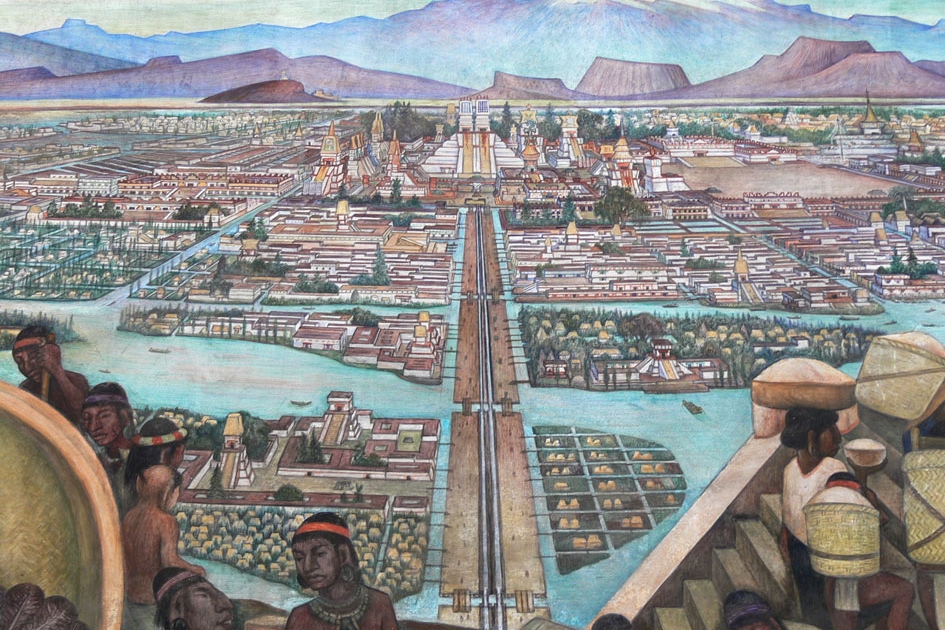New Hum 110 Gets National Attention
Changes to Reed's signature humanities course draw interest far and wide.
The dramatic changes to Hum 110 announced earlier this week are attracting national attention. Capping years of discussion and debate, the humanities faculty voted to adopt a new model for the course which expands its scope beyond the ancient Mediterranean to include materials from the Americas.
The course will now be organized into four units, one per quarter, each centered on a set of humanistic problems framed geographically and temporally. Starting in Fall 2018, the four units will be:
- Exile and Return. This unit introduces central humanistic questions by examining the motifs of foundation, utopian and mythic places, displacement, and wandering in the ancient Mediterranean. Readings will include the Epic of Gilgamesh, Homer’s Odyssey, and texts from the Torah.
- Governing the Self and Others. This unit explores philosophical, historical, and political models for understanding the self and society in ancient Athens.
- Constructions and Reconstructions: Mexico City, 15th–20th centuries. This unit explores how a city and its inhabitants have been represented through historical changes, starting with the migration of the Mexica and their foundation of Tenochtitlán, moving through conquest and colonialism, the creation of the Mexican republic, the Mexican revolution, and into the indigenous peoples and student protests of the twentieth century.
- Aesthetics and Politics, Race and Democracy: Harlem, 1919–1952. This unit begins with the movement of African Americans from the rural south to New York City as part of the “great migration,” then focuses on the rich cultural and political flourishing that occurred in Harlem during the period between the two wars and its interaction with other minority discourses in New York during this period.
The new approach has drawn interest from the Chronicle of Higher Education, whose article was headlined Students Said a Keystone Course Was Racist. Here’s What Professors Did About It, and from Inside Higher Ed, which wrote Diversifying a Classic Humanities Course.
It also provoked a kneejerk reaction from the editorial board of the Wall Street Journal, which wrote a scathing opinion titled Reed College Bows to the Bullies. Prof. Nigel Nicholson, dean of the faculty, issued a sharp response, criticizing the WSJ's shallow mischaracterization of the long and deliberate process that Reed followed in making the decision.
“This new syllabus represents an enormous undertaking and commitment on the part of the Hum faculty and marks an important moment in the evolution of the class,” says Prof. Nicholson. “I am excited to see the possibilities that will be opened up by the new areas and periods the class will be studying and by the dialogue that the class will foster between the Mediterranean and the Americas and between antiquity and the more recent past.”
Hum 110 will remain committed to its foundations as a unified year-long interdisciplinary course required for all first-year students that examines the ways in which people have represented and reflected on the physical, social, psychological, and ideological features of the world in which they live. The new model, however, offers a significant contemporary rethinking of both the scope and nature of humanistic inquiry. The individual units are designed to evolve over time, allowing the course to focus on new areas and cultures as the faculty decide.
Tags: Academics, Editor's Picks, Institutional, Professors
